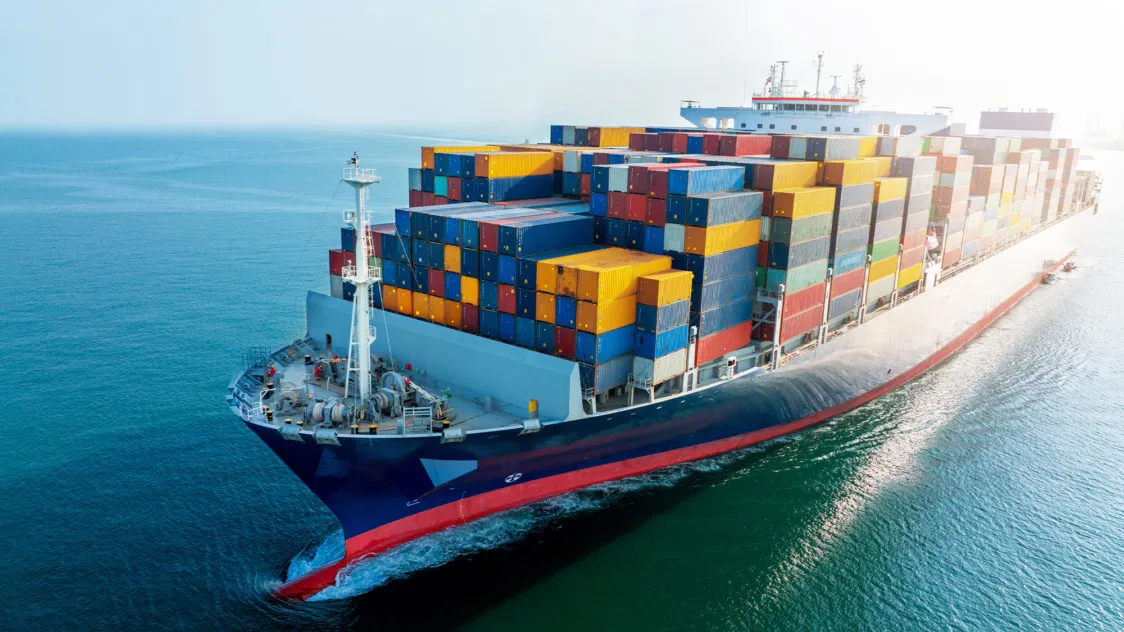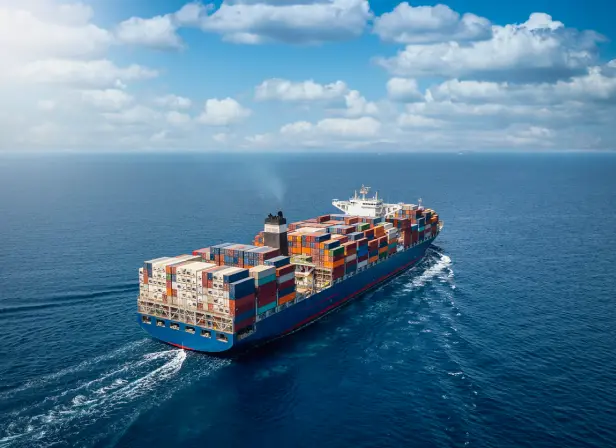
Geopolitical Instability Escalates Threats to Global Maritime Trade
The global shipping industry is facing an era of heightened complexity and unpredictability as it navigates a volatile geopolitical landscape, evolving environmental mandates, and the lingering repercussions of the Covid-19 pandemic. According to the Safety and Shipping Review 2025 published by Allianz Commercial, the sector is being tested on multiple fronts, with rising geopolitical conflicts, protectionist policies, and unconventional threats reshaping the risk environment.
While the long-term trajectory of maritime safety continues to trend positively, new and emerging challenges are redefining what it means to operate safely and efficiently in international waters. With 90% of global trade conducted via the sea, disruptions to maritime stability can send ripples across the entire world economy, making the industry a critical barometer for geopolitical and economic stress.
Rising Geopolitical Risks and Their Impact on Maritime Operations
One of the most pressing concerns identified in the Allianz report is the sharp rise in geopolitical risk as a significant contributor to maritime claims and losses. Over the past year, there has been an increase in attacks against commercial vessels, the detention of ships amid international disputes, sanctions affecting fleet operations, and incidents related to sub-sea infrastructure damage — such as cable sabotage and underwater drone threats.
“The relevance of political risk and conflict as a potential cause of maritime loss is increasing with heightened geopolitical tensions,” says Captain Rahul Khanna, Global Head of Marine Risk Consulting at Allianz Commercial. “Total losses from traditional causes may have reduced over time, but we could be in a position where this positive trend is potentially offset by war and other political-related exposures. As an industry, we are in a better position with regards to traditional risks, but there is a renewed focus on geopolitical risks.”
Traditional Risks Still Dominate Claims, but Industry is Making Progress
Despite the new geopolitical challenges, the maritime sector has made commendable strides in reducing losses from conventional risks such as fires, groundings, and collisions — which continue to be the leading causes of major claims. In the 1990s, it was not uncommon for the global fleet to lose more than 200 large vessels per year. Over the last two decades, this number has steadily declined, thanks to improvements in safety protocols, vessel design, and regulatory enforcement.
According to Allianz’s latest data, the number of total vessel losses dropped to a historic low of just 27 in 2024, down from 35 the previous year and dramatically less than a decade ago. These figures reflect the shipping industry’s growing commitment to risk mitigation, proactive maintenance, and enhanced navigational training.
Still, the presence of high-value cargo and increasingly congested shipping lanes — especially in chokepoints such as the Strait of Hormuz, South China Sea, and Suez Canal — mean the potential for large claims remains ever-present. Fires, in particular, continue to be a major hazard, exacerbated by the increased carriage of electric vehicles, lithium-ion batteries, and hazardous materials.
The US-China Trade Conflict and Its Ripple Effects
Among the most disruptive forces to global maritime trade in recent years is the ongoing economic and political tension between the United States and China. Trade relations between the world’s two largest economies have been strained for several years, and recent developments have added new layers of complexity. In 2025, the United States imposed tariffs reaching as high as 145% on certain Chinese goods before both sides agreed to a 90-day period of tariff reduction.
These measures have had a marked impact on international shipping activity. According to mid-April 2025 estimates, nearly 18% of global maritime trade was subject to tariffs — a sharp increase from just 4% in early March. In the immediate aftermath of the U.S. “Liberation Day” announcements, many shipping lanes experienced sharp declines in cargo volumes, highlighting the sensitivity of global trade to political announcements and policy shifts.
The uncertainty surrounding future U.S. trade policy continues to cause anxiety among shippers, freight forwarders, and insurers alike. As supply chains shift to circumvent tariffs, new routes and logistics hubs are emerging — but often without the same level of infrastructure, oversight, or risk assessment.
The Expanding Threat of the Shadow Fleet
Perhaps the most troubling development for maritime insurers and regulators is the rapid expansion of the so-called “shadow fleet” — a collection of aging, minimally insured, and often non-compliant vessels that operate outside the bounds of international maritime law. Originally formed in response to Western sanctions against Russian oil exports following the outbreak of the Ukraine conflict, the shadow fleet has ballooned in size and influence.
Estimates now suggest that approximately 17% of the global tanker fleet belongs to this informal network, with nearly 600 vessels believed to be actively transporting Russian crude oil. Many of these tankers are older, single-hull ships that have long since been retired by reputable operators, only to re-enter service under obscure ownership arrangements and flags of convenience.

“Although recent sanctions are making it harder for these vessels to trade, the shadow fleet continues to pose a serious risk to maritime safety and the environment, as many are likely to be older vessels that are poorly maintained and inadequately insured,” warns Justus Heinrich, Global Product Leader for Marine Hull at Allianz Commercial.
The shadow fleet has already been linked to a rising number of serious incidents, including onboard fires, collisions, and oil spills. The implications of such accidents are far-reaching. An oil spill involving one of these vessels could cost as much as $1.6 billion in clean-up costs alone, not to mention the ecological damage and legal consequences.
Regulatory and Insurance Challenges
The fragmented nature of the shadow fleet presents unique challenges for maritime regulators and insurers. Traditional methods of risk assessment — which rely on known vessel histories, classification society records, and insurer databases — are often useless in tracking or underwriting shadow fleet activity. Many of these vessels operate under shell companies or flags from jurisdictions with lax enforcement, making accountability and liability nearly impossible to determine.
This opacity has also led to significant challenges in maritime insurance markets. Underwriters are now under pressure to identify and avoid insuring vessels with ties to the shadow fleet, yet distinguishing legitimate operators from rogue actors is becoming increasingly difficult. There is growing demand for technological solutions such as AI-powered vessel tracking, satellite monitoring, and blockchain-based cargo verification to improve transparency and reduce exposure to hidden risks.
The Path Forward
Despite the grim backdrop painted by current geopolitical and economic dynamics, there are reasons for optimism. The maritime industry is more resilient, better informed, and technologically capable than ever before. Investments in digitalization, data analytics, and automation are helping companies respond more effectively to crises, while new frameworks for environmental, social, and governance (ESG) compliance are reshaping the industry’s long-term strategic direction.
However, the road ahead will demand greater collaboration between governments, insurers, shipping companies, and international organizations. The enforcement of safety standards, environmental regulations, and sanctions compliance must keep pace with the realities of 21st-century maritime commerce.
As Allianz’s Safety and Shipping Review 2025 makes clear, the shipping industry stands at a crossroads — where traditional risks are increasingly well-managed, but new and complex threats are emerging that could upend decades of progress. Navigating this future will require a renewed focus on resilience, vigilance, and cooperation.

